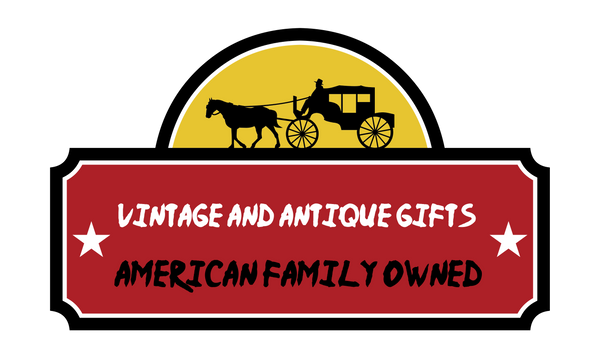Antique Quack Pharmacies: Miracle Cures from the Past
Quackery has a long history within the medical field, with antique quack pharmacies once prevalent in neighborhoods, selling questionable "miracle cures." These pharmacies used various methods to promote their potions, making grandiose claims about their ingredients but often proving ineffective or harmful. One notorious example is patent medicine, prevalent in the eighteenth century, which contained substances like alcohol or opium that provided temporary relief but lacked genuine medical value. The British Medical Association took a stand against fraudulent medications in 1909 by publishing 'Secret Remedies, What They Cost And What They Contain,' debunking many false claims. Despite such efforts, some quack cures persisted, like Beecham's Pills, which falsely claimed to treat numerous conditions.




